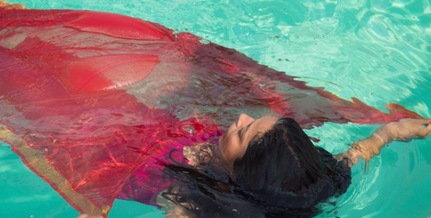
“The body, wrapped in a 216-foot sari written on and worn by 12 coastal women in Bangladesh, collaborates with wind, sand, and water to speak to increasing cyclones, sea level rise, and loss of food and heritage caused by climate change. The endless sari is part of STORYTELLING WITH SARIS, a collaborative art and advocacy project highlighting gender and climate change. JALOBAYU juxtaposes women’s words and their worn saris against the backdrop of the rising ocean in Miami Beach,” says Bose. “The intent is to raise awareness of climate change and link Miami Beach to coastal Bangladesh, both of which face devastation due to climate change. The performance starts in the Pavilion, moves to the beach, includes viewers in the sari procession, and eventually ends with me entering the water. I will be encouraging viewers to hold the massive sari and join the performance and also to text and tweet images and reactions to me. “
It is a little difficult to visualize but the Bose’s work is often that way; there is the purpose, there is the interaction with viewers and there is communication with viewers. The ongoing, worldwide, Storytelling with Saris collaboration here makes an interesting point; it isn’t just poor countries like Bangladesh that face climate change, it is everyone. This is especially true of a city like Miami Beach which sometimes floods when the moon is full.
Do not think because Bose mixes art with activism that it is any less art--there is an aesthetic to her work, a beauty to it , that stands on its own outside of its ultimate aim--as important as that aim is. Her work is multifaceted and vibrant. She brings difficult issues alive in an artistic sense.
Click To Find Out More About Monica Jahan Bose
“I use the sari in my work as a symbol for the female body, fertility, and energy. I am currently engaged in a long term art and advocacy project called STORYTELLING WITH SARIS with 12 women from my ancestral village, a community ravaged by climate change.” she says.
For those wondering what a sari is; it is a five to 18 foot long by four feet wide drape that is commonly worn in South Asia. Women wrap the drape around the waist and ultimately drape it over the shoulder. It is an unmistakable article of clothing.
Bose’s artistic work is not all performance; she is a painter and a printmaker as well. Some of her prints and paintings will be shown by Gallery Cosmos from Dhaka, Bangladesh at Select (booth C3). There will also be a video/installation related to Jalobayu at the booth.
This latest performance is, as you may have gathered, part of an ongoing artistic effort by Bose.
“JALOBAYU is a part of a continuing story I am weaving together about gender, empowerment, and the impact of climate change. The same sari was used in other performances, including SUBLIME VIRTUE at the DUMBO Arts Festival and UNWRAPPED at the (e)merge art fair in DC. The performance draws on past mythological and actual narratives and also connects to past performances using these same saris,” she says. “JALOBAYU references narratives, both real and mythological, including the Indian myth of Draupadi, the eternal virgin who was married to five brothers, as well as the true story of my grandmother Johora, who was married at age seven and years later swept away by a cyclone. In South Asian and other cultures, water symbolizes death, destruction, purification, and renewal. Draupadi bathes and become a virgin daily. My plan is to use my work to activate awareness on climate change. This performance launches this new direction in my work.”
Bose’s notion that art can make a difference is not unique but it certainly is more dedicated and ongoing than most who take on the mantra of “art can change the world.” The sticky question here is a simple one; how?
“I am using my art to give a human face to climate change, which is usually an abstract concept to people. Twelve women's real stories and their worn saris are used in my performances and sari/video installations. By engaging viewers with visceral performances and immersive installations, I first bring about awareness and next trigger them to take action,” she says. “For example, I am doing a series of interactive workshops where participants pledge to reduce their own carbon footprint. My recent Solar Sari Salon in DC showed people film and images from my work in Bangladesh and then signed them up for switching to renewable energy, such as solar and wind. I have recently received a grant from the DC Commission on the Arts & Humanities to do arts programming to increase climate awareness.”
She says she hopes the performance in Miami helps people feel a human connection with the people of coastal Bangladesh and empathize with their vulnerable position.
“ I hope they will be in touch with me via text or email or check out my website and learn more about these women and then decide to take steps in their own life to reduce carbon emissions.” she says.
“I have gained a great deal every time that I've participated -- by exposure to new types of work, meeting new curators and writers, and interacting with the diverse crowd that comes to look at the art. It is a fantastic opportunity for an artist to have literally thousands of people come and look at your work….” says Bose, adding; “And I really love Miami -- it's melding of cultures, its location on the ocean, and its vibrancy and energy.”
After Miami Bose is working on a series of art activism (artivism) events in Washington D.C. to raise awareness and spur action on climate change. In January she returns to Bangladesh, to the island of Barobaishdia to continue who work with the 12 women of Katakhali.
“I am initiating a climate knowledge sharing and adaptation workshop in the village in partnership with the International Centre for Climate and Development, “she says. “ Brooklyn-based filmmaker Nandita Ahmed will be coming with me and we will be working together to document the work and create a new film focusing on climate and following these women for the long-term as their lives and climate conditions evolve. Absent immediate action by the world, Katakhali Village and much of coastal Bangladesh is threatened with disappearance. “







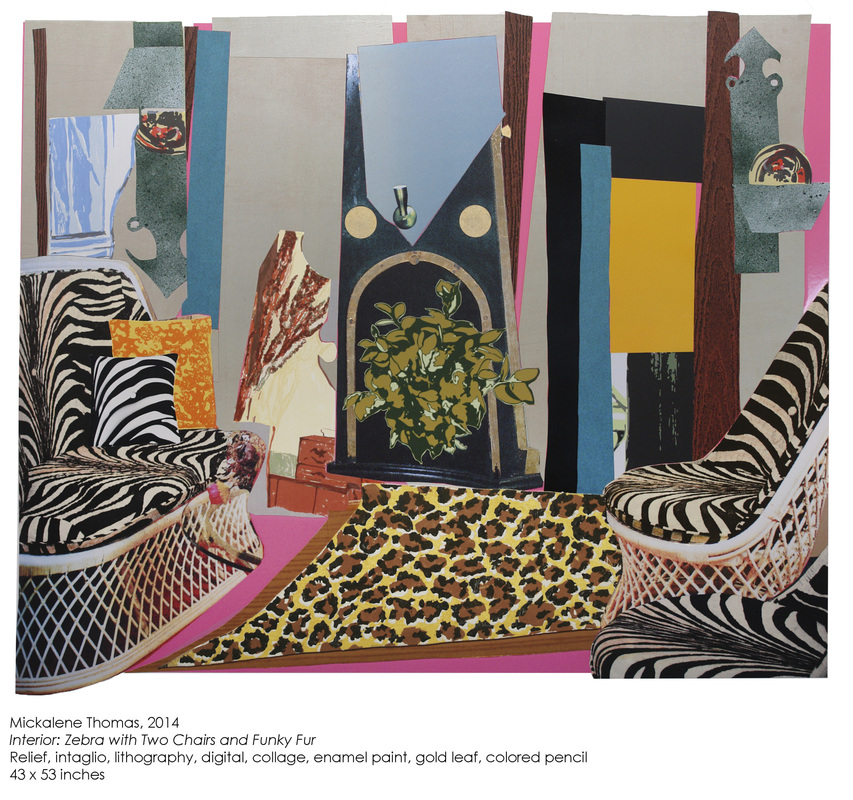







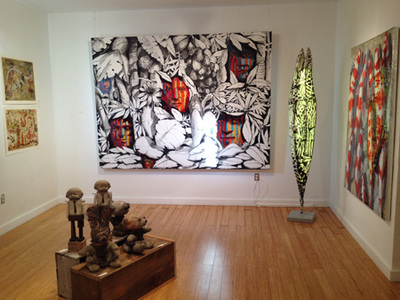



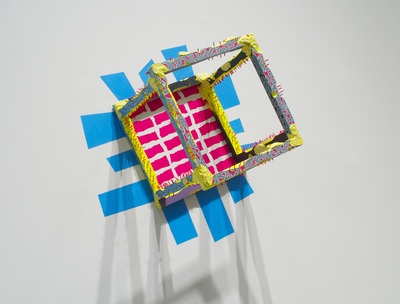






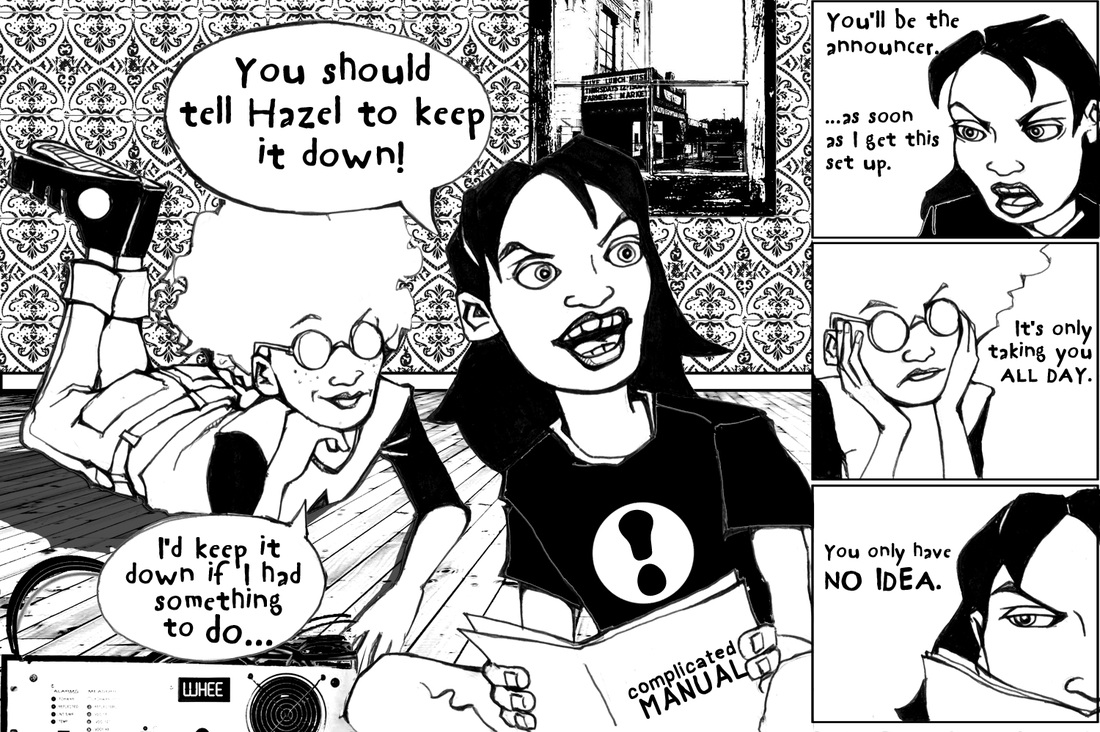
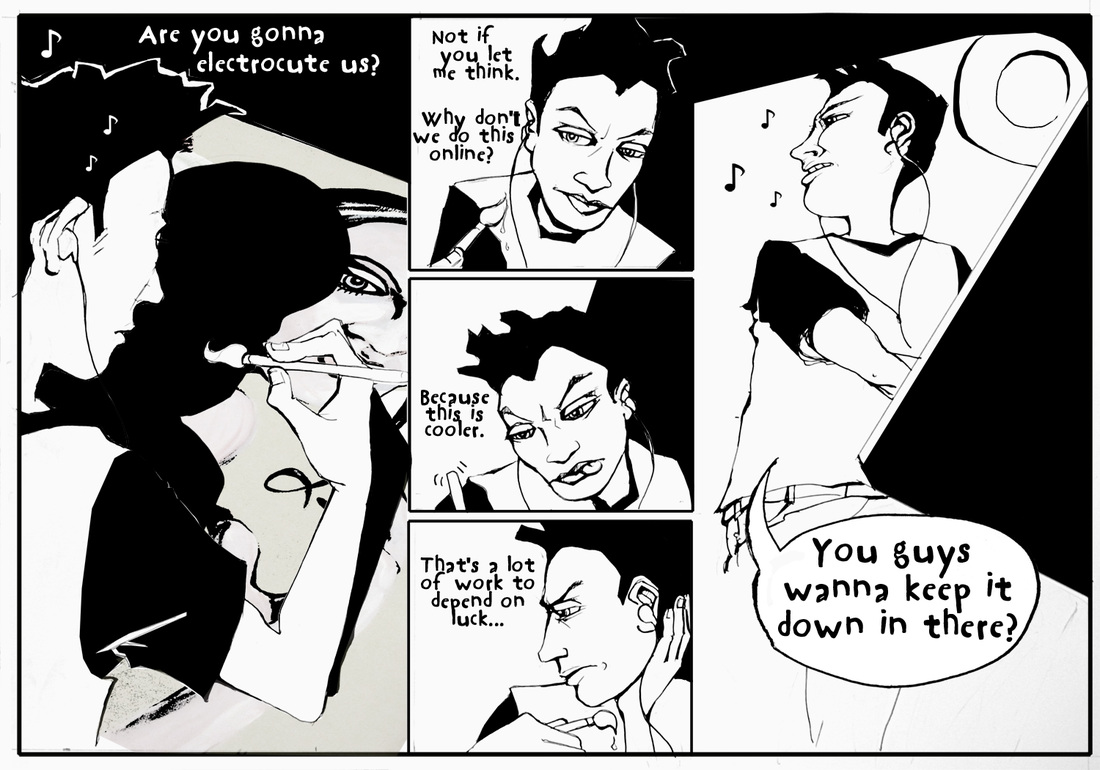



 RSS Feed
RSS Feed